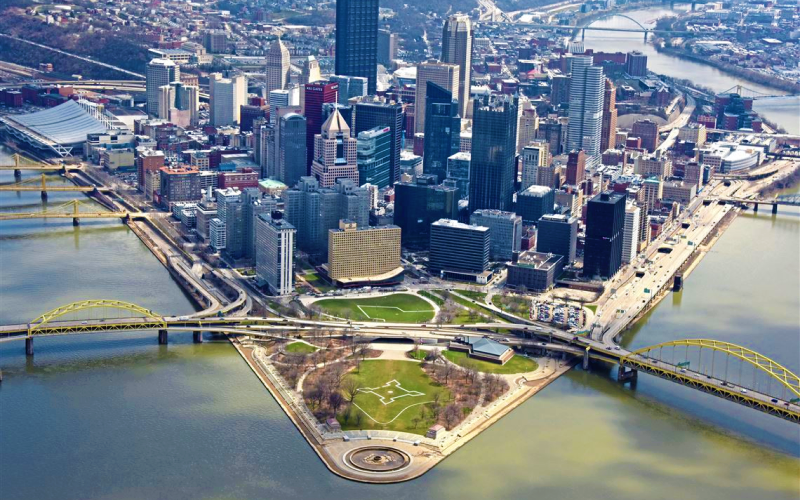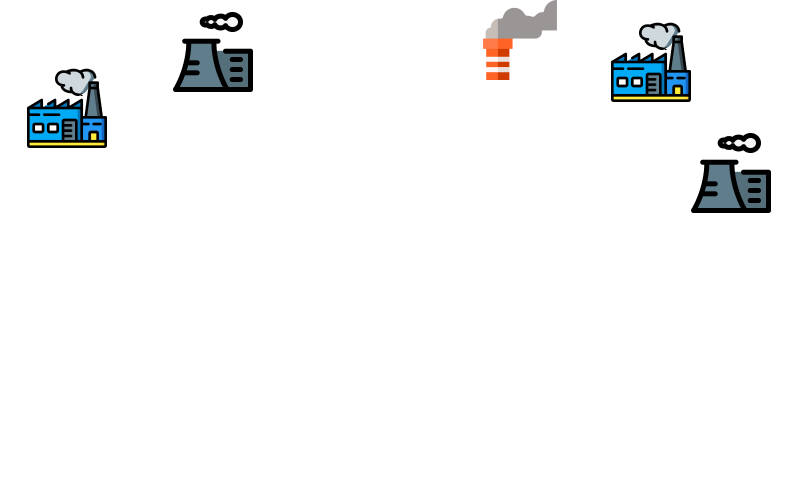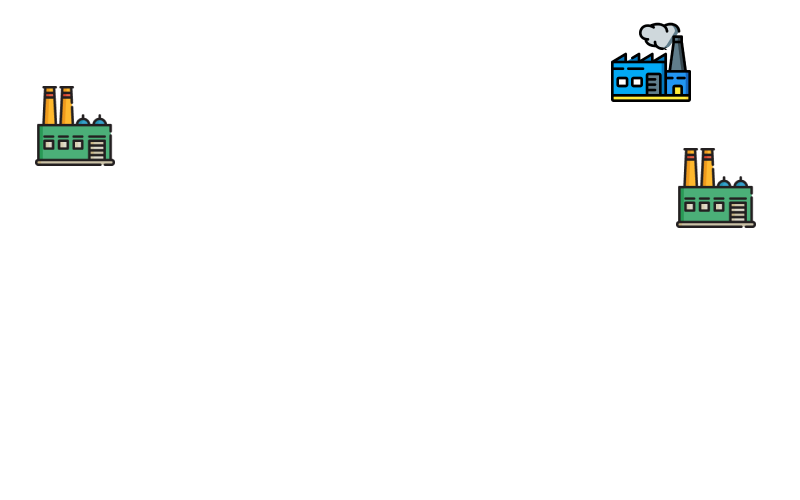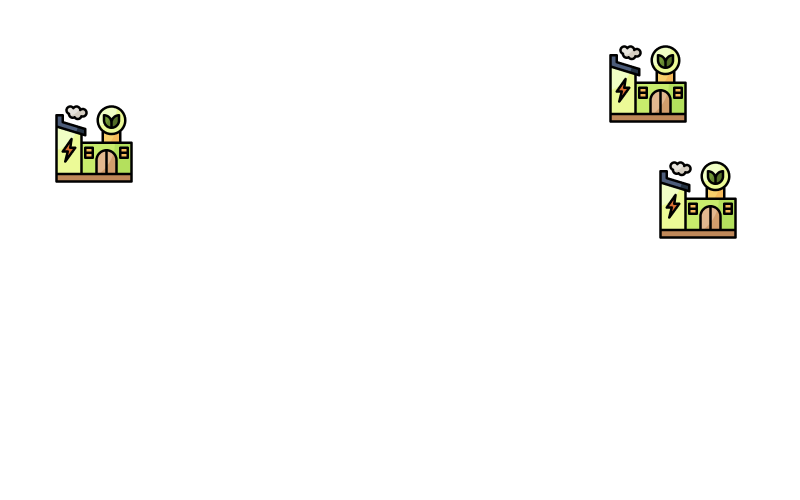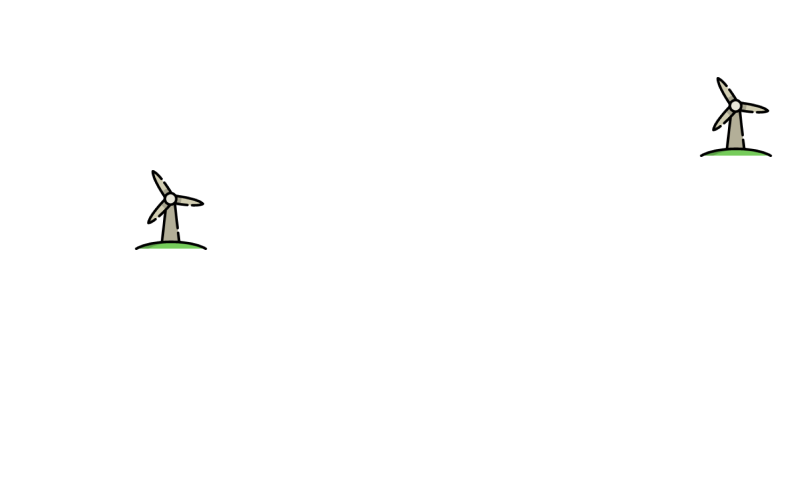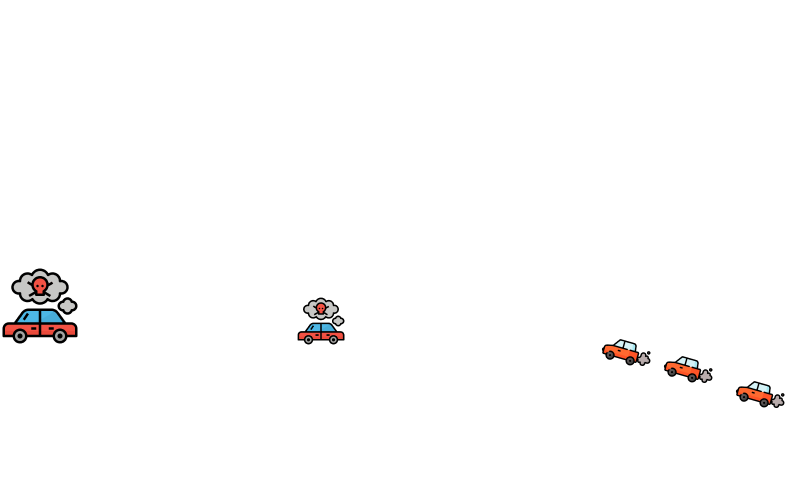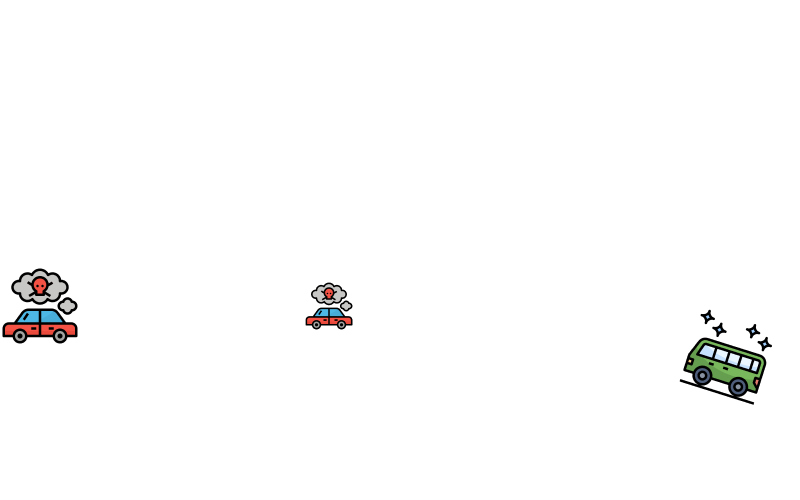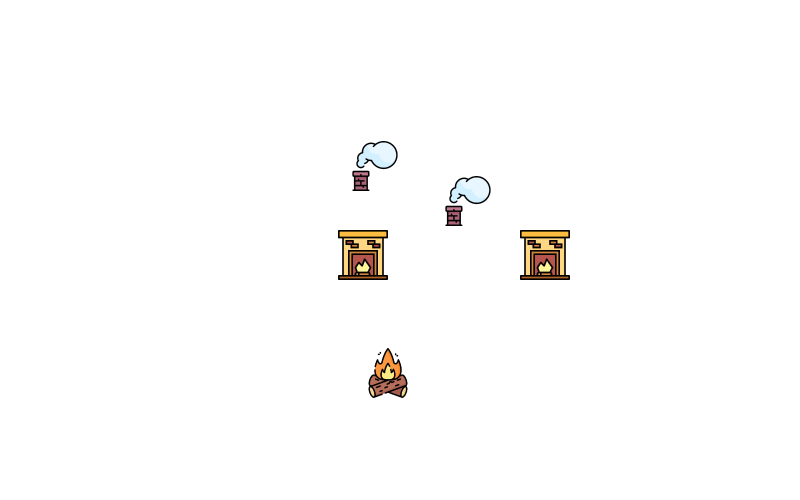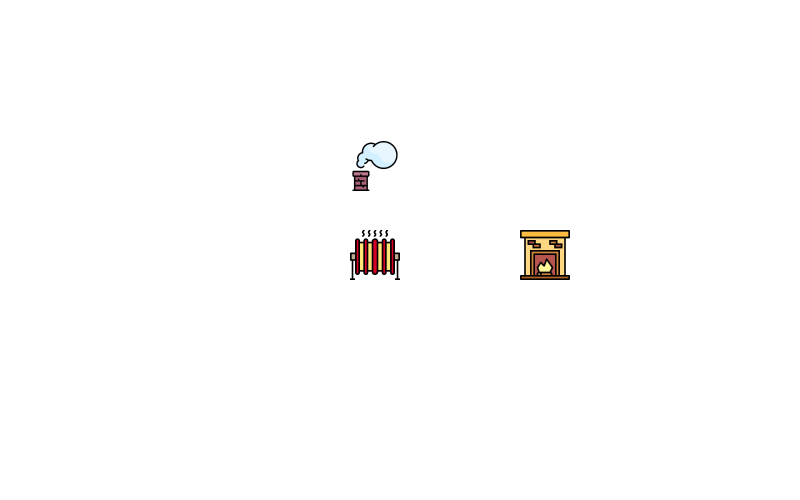And we STILL have
invisible air pollution
Pittsburgh is still consistently ranked in the top cities for air pollution by the American Lung Association in their State of the Air reports.
In 2016, the region landed as the 8th worst in the country for year-round measures on fine particle pollution (or soot), and the 14th worst for short-term particle pollution (the number of days with unhealthy particle levels when air quality is especially dangerous).
Learn MoreThese air pollutants are invisible to the naked eye.
Hover your mouse over the image to explore where they can be.
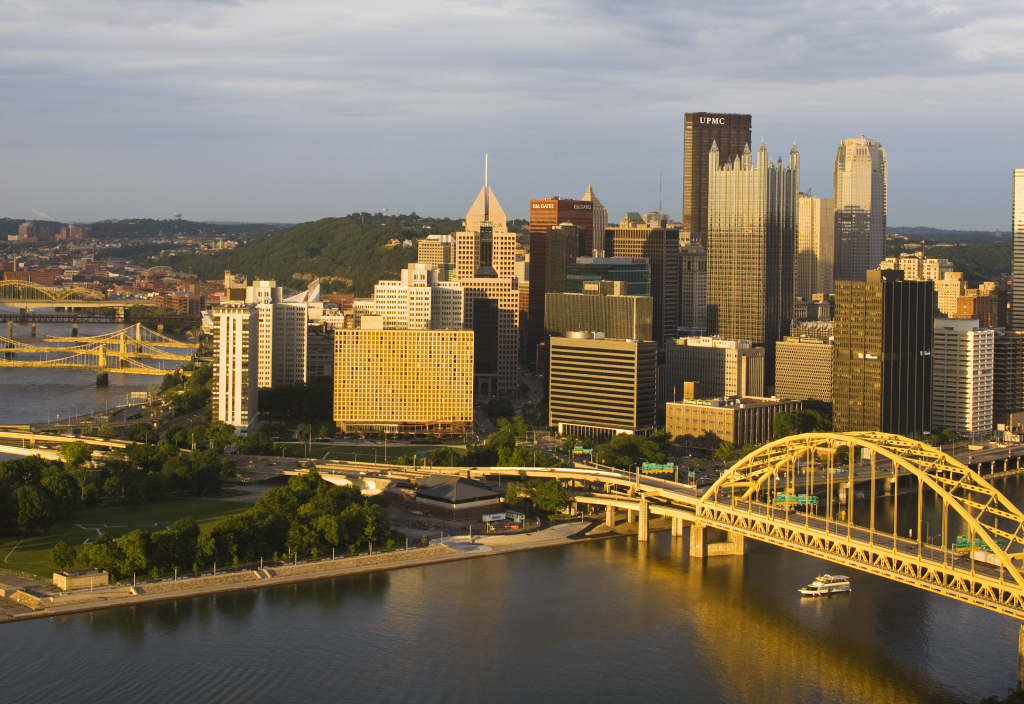
So...How can our actions change the air?
What can we do to make the air better?
Explore how the different actions will affect our air quality
These actions are on three levels: government, community, and
individual.
Can you change the different actions to make Pittsburgh's air
cleaner?
Policy on Industry Emission
Loose
Strict
Energy Source
Fossil Fuels
Renewables
Transportation
Private Cars
Public Transport
Wood Burning
More Burning
Less Burning
AQI
